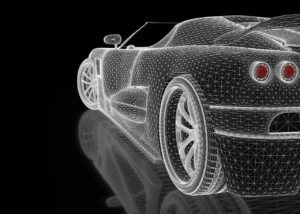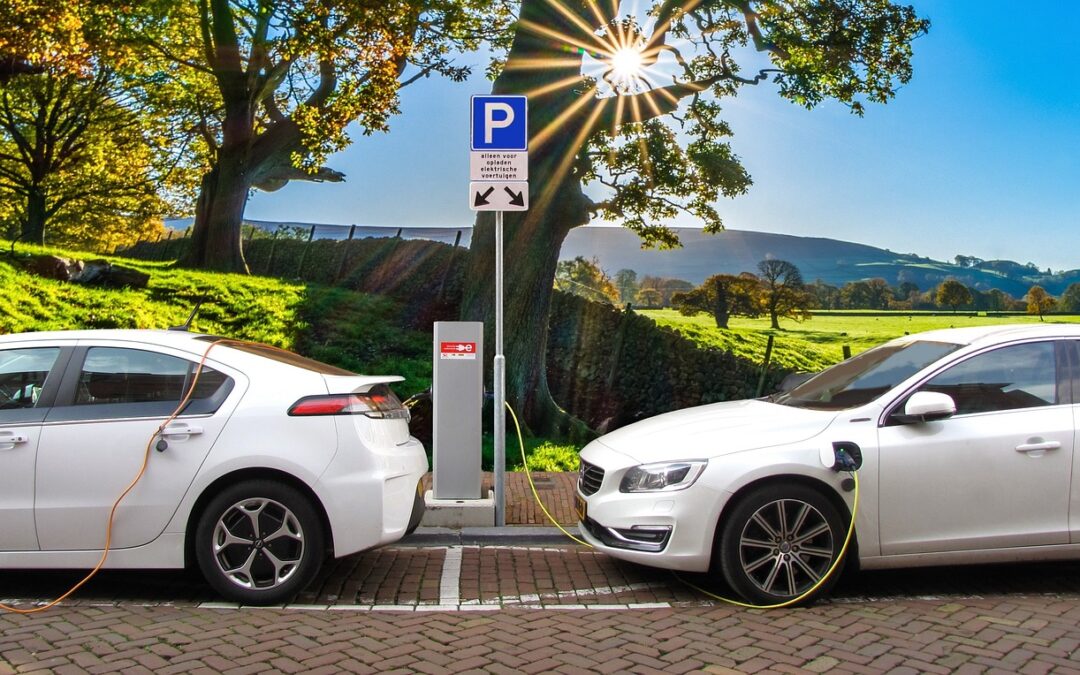The world of engineering thermoplastics continues to “charge” forward within the electric vehicle(EV) revolution. Vehicles, either partially or entirely powered by electricity, are leveraging the power of engineering thermoplastics throughout their manufacturing processes. From battery enclosures to a variety of structural components, engineering thermoplastics are making a significant difference in EV production.
Let’s break down how engineering thermoplastics play a powerful role in EV products and what the future may hold.
What are Engineering Thermoplastics?
At their core, engineering thermoplastics are a type of polymer with strength, durability, and an additional thermal capability that separates them from typical plastics. They are designed to perform in demanding environments, such as we’d find in automobile production and eventual use cases.
Here are some key properties:
Strength
Engineering thermoplastics have high mechanical strength, allowing them to withstand a lot of stress without deforming or even breaking.
Thermal Stability
They also have an ability to withstand intense temperatures without deforming or losing functional strength. Heat resistance is a prime need in car manufacturing and vehicle operation. Cars get hot. Engineering thermoplastics serve this use case in spades.
Chemical Resistance
Engineering thermoplastics offer resistance to a number of chemicals, including acids, bases, and solvents. Once again, this makes engineering thermoplastics a logical use case in creating and using of EV automobiles.
Molding
After all the points mentioned, you might think that engineering plastics are incredibly rigid and non-responsive to molding. But that’s far from the case and one of the biggest reasons the EV market is leaning on them for their builds. They can be easily molded and processed using standard plastic processing techniques, such as injection molding, extrusion, and thermoforming.
Examples of Engineering Thermoplastics in the EV Industry

From under-hood components, interior parts, and through the electrical connectors, engineering thermoplastics are helping drive the EV market to success. Their overall advantages for EV manufacturing and operation centers around their heat resistance, durability, molding capabilities, and their lightweight properties. Some engineering thermoplastics offer similar properties with different variations. For example, heat resistance is found within a few of them, but with varying melting points.
Used for their high impact resistance, PCs are often found in headlights, display panels, and battery housings. PCs offer transparency capabilities, making them great for any application that involves lighting, or a need for the operator to visually see the component.
Nylon is widely used in EVs due to their mechanical strength and ability to resist heat. This places them in under the hood components, gears, bearing parts, and a number of other structural areas throughout the vehicle. You might find them near or in electrical components such as the insulation surrounding the component, or the connectors themselves.
Acrylonitrile Butadiene Styrene (ABS)
EV manufacturers leverage ABS for its toughness and resistance to heat. You’ll find them in dashboards, trim, and all around the interior areas of the electric vehicle.
Polybutylene Terephthalate (PBT)
PBT is often used in electrical connectors and electrical insulation due to PBT’s chemical resistance property. Now, we mentioned earlier that Nylon is also used in these same instances, so what’s the difference?
Well, there are unique use cases for each.
PBT’s chemical resistance is a big differentiator while Nylon’s mechanical strength influences reasons for its use. Also, PBT has a higher melting point than Nylon, so the use case would depend on the EV area’s potential for temperature.
Polyetheretherketone (PEEK)
PEEK’s exceptional thermal and chemical stability makes it ideal for high-temperature electrical insulation, lightweight structural components, and parts in the drivetrain or battery systems
Sustainability and Environmental Impact
Clearly, when it comes to the EV market, sustainability and their environmental impacts are a crucial aspect in choosing components. The good news is that engineering thermoplastics do offer some benefits in these areas.
One of the major areas where engineering thermoplastics contribute to improved environmental impact is their lighter weight. A lighter vehicle requires less energy to operate and should extend their range. And this can impact greenhouse gas emissions that may be associated with electricity generation, particularly in areas where fossil fuels are used.
Engineering thermoplastics also offer increased durability and longevity. Longer lifespans reduce the need for replacements which decreases the environmental impact associated with the creation of new parts.
Engineering thermoplastics can offer significant benefits in terms of EV performance and energy efficiency. Efforts to improve their environmental impact contributions are an ongoing process.
Conclusion
Engineering thermoplastics contribute to the production of electric vehicles in numerous ways. Their properties, which include heat resistance, flexibility, lightweight nature, and chemical resistance, are extremely helpful to not only use cases and cost of EVs, but also help contribute to more sustainable and environmentally friendly vehicles.

